The Village
A History of West Clandon
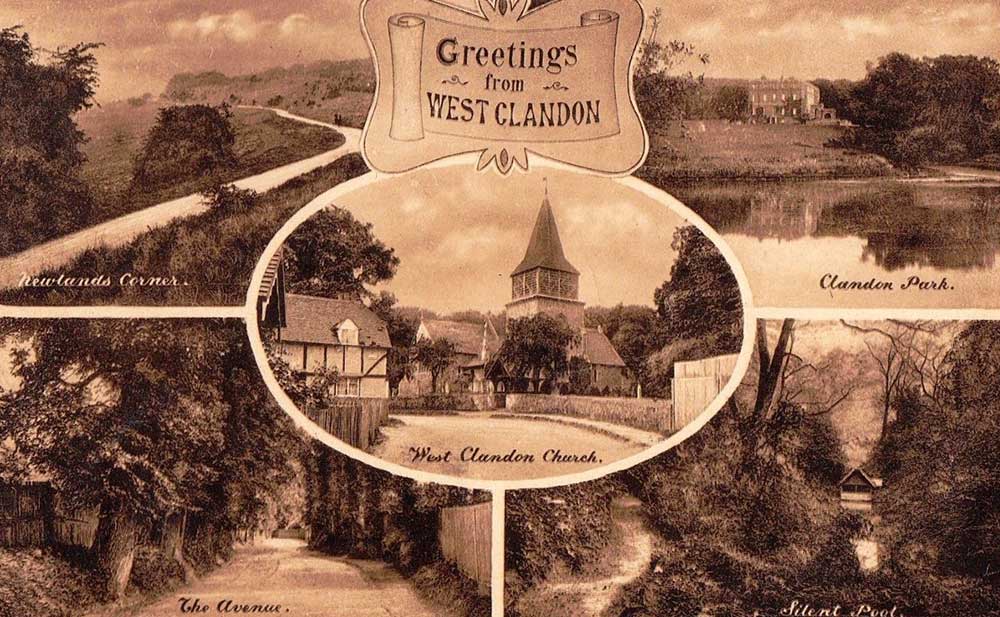
Early references to the village of West Clandon go back to Anglo-Saxon times. The name Clandon is derived from ‘Clenedune’ or ‘Clean Down’, meaning open downland free from scrub and early documents refer to ‘Clenedune’ (East Clandon) and ‘Altera Clenedune’ (West Clandon).
By the 13th Century, references are found to East Clandon as ‘Clandon Abbatis’ and West Clandon as ‘Clandon Regis’, referring to a significant difference between the two villages, which affected their history in later years when these differences nearly brought the two villages to blows.
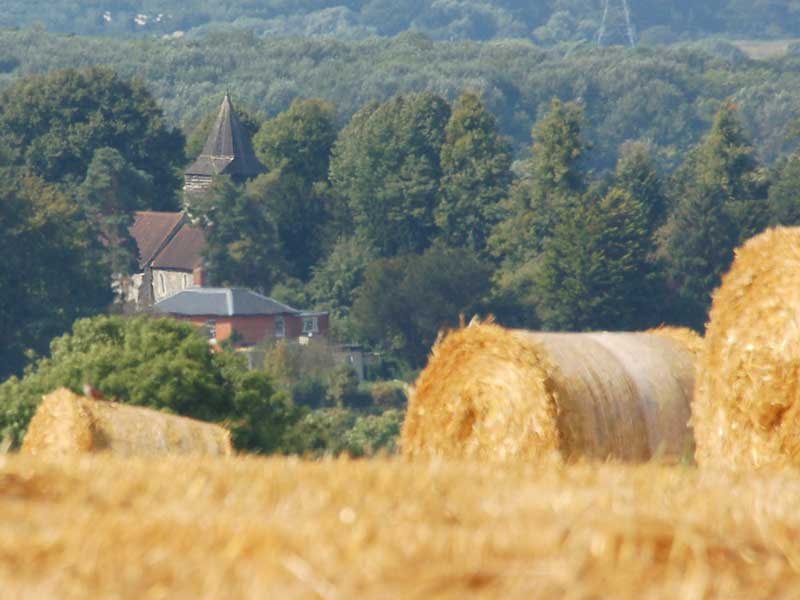
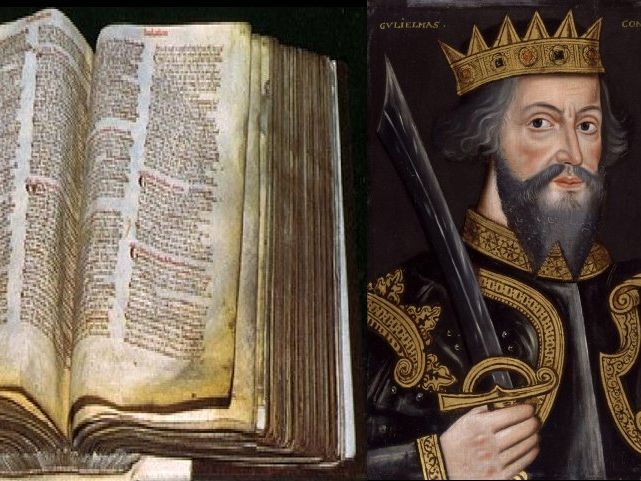
1066 – 1500
The Norman invasion took place in 1066, and 20 years later both villages are mentioned in the great Domesday Book of 1086. The Survey that covered almost all of England recorded what and how much each landowner held in land and livestock and what they were worth. The Domesday Book gives a fascinating glimpse of East and West Clandon at that time.
West Clandon is described as a manor belonging to Edward, Bishop of Salisbury. It was assessed at 2.5hides (about 250 acres) and included arable and woodland, most of the land belonging to the Lord’s desmene, that is manor house land not let out to tenants. The Church is also mentioned and a mill is believed to have been situated at the north end of lake in Clandon Park. There were 4 feudal tenants and 5 bordars making a total of 9 families apart from the Lord’s family his entourage and serfs. The total population was possibly between 60 and 80 persons.
Later, West Clandon was owned by a series of neighbouring families, which included the Westons of Albury (1294-1441), followed by the Slyfields of Great Bookham (1441-1638).
In feudal times, the role of the church in village life was bound up with the life of the manor. Although in theory the clergy were nominated by the Bishop, in practice the parish priest was dependent on the lord of the manor for his protection and for the land upon which the church and his house stood. From time immemorial, the priest depended on the payment of tithes and the tenth part of the produce of the villagers.
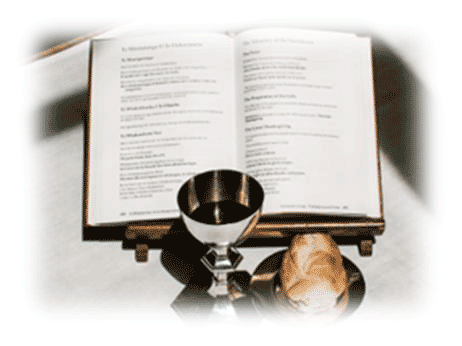
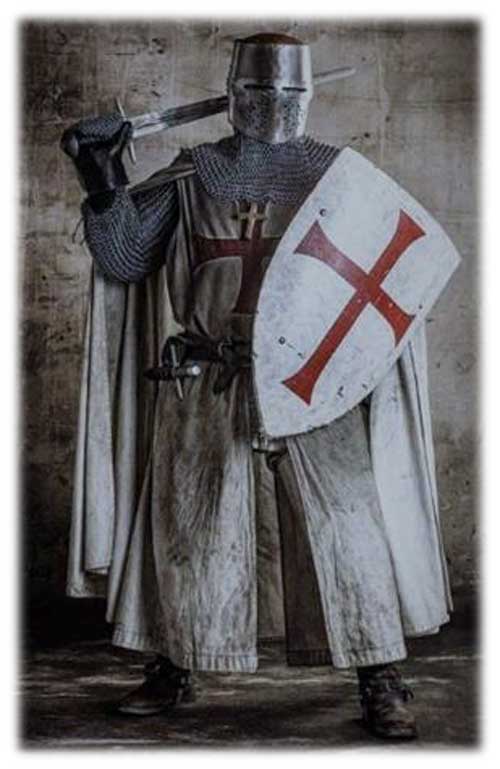
The right of the lord of the manor to nominate the local priest was generally recognised and the parish church was the centre of religious life in the Village and the parish priest reigned within the walls of his church.
The priest said the mass in Latin and the service was attended by all the parishioners. The Church was both a sanctuary and a village hall that provided both instruction and succour for those in need.
In the 13th Century, the Knights Templar, an order of military monks, established an administrative headquarters on the site of the present Temple Court, now the home of the Onslow family in Clandon Park.
Rebuilding the old Anglo-Saxon Church started in 1180 and later in 1310, when the Weston family held the lordship of the manor, they went to great lengths to develop St Peter and St Paul as a parish church.
William de Weston then presented his son Richard with the living of West Clandon and added many features to the church, which can still be seen today. Rectors at the time seem to have been people of spirit, if one can judge from one particular rector, who became embroiled in a number of lawsuits, and in 1319 was involved in a scandalous raid on East Horsley.
1500-1800
By 1500, the population of the village appears to have been much the same as it was at the time of Domesday, despite fluctuations due to war and plague. Dwellings for the most part would have been very primitive with mud floors and holes in the roof for smoke to escape, although the use of more substantial building materials were beginning to be used towards the end of this period. By 1500, West Clandon’s linear pattern of development along what is now the village street was becoming apparent.
With the Reformation and dissolution of the monasteries in 1539, the Church of England became established and continued the political and religious strife in the 17th Century, pitting Royalists (East Clandon) against Parliamentarians (West Clandon), and Catholics against Puritans. This ended with the establishment of parliamentary government and the growing tolerance of the 18th Century . In rural areas, this was the heyday of the large-landed estates.
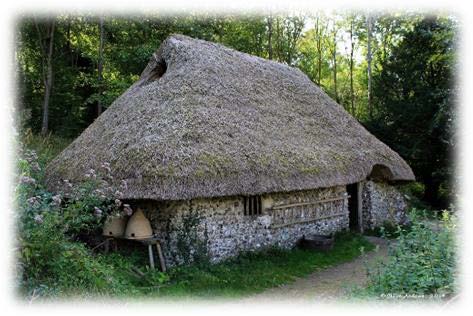
In 1642, Sir Richard Onslow purchased Clandon House and its surrounding parkland from the Weston family of Sutton Place, and shortly after, leased the manor house at West Clandon from George Dunscombe. Sir Richard was a Parliamentarian and during the Civil War led an army, which was reportedly involved in skirmishes with the men of East Clandon, where the Augier family owned the manor and supported the King.
Sir Richard’s descendants went on to acquire more land in the village and this busy period of acquisition culminated in 1710, with the transfer of all his land to his grandson Sir Richard Onslow, of the manor of West Clandon. Sir Richard was succeeded by his son Thomas and it was this second Lord Onslow, who demolished the fine old Elizabethan building and replaced it with the present mansion designed and built by the Italian architect Giacomo Leoni between 1713 and 1731.
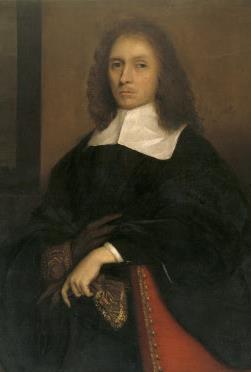
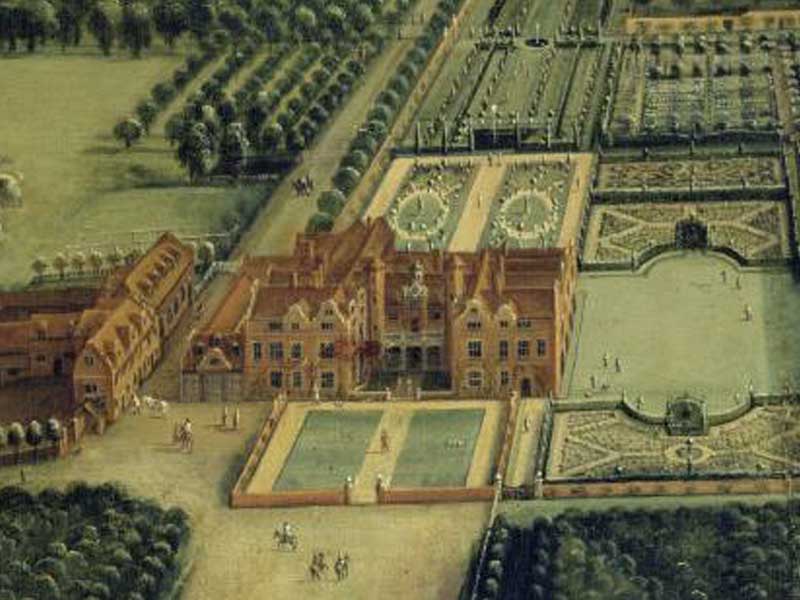
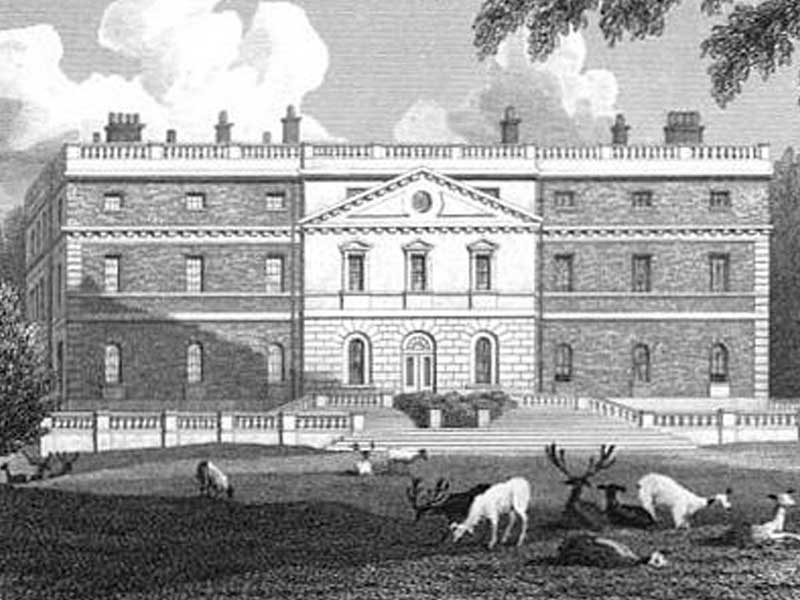
During the rest of the 18th Century, West Clandon attracted many famous visitors, including Georgian royalty who attended the then prestigious racecourse situated on Merrow and Clandon Downs. Queen Anne was a frequent visitor at these races and in 1720, George the First presented a £100 plate for the Guildford Race Meetings.
We know there was a mill and presumably a miller in West Clandon from the time of Domesday. The first mention of a blacksmith was William Stoffold, who was following this calling in about 1687 at a smithy believed to have been situated behind Hawthorne Cottage in the north of the Village. There were also baker’s ovens and references to a carpenter, shoemaker, tailor, wheelwright, weaver, cordwainer, and a thatcher in those days.
‘The Bull’s Head’ pub dates back to the 16th Century and there were also two beer houses at the north end of the village – the ‘Hare and Hounds’ (now Hare and Hounds Cottage) and another in what is now Hawthorne Cottage.
In about 1725, Thomas the second Baron Onslow masterminded the refurbishment of the Church. Pews were installed, each with a door to keep out the cold and a larger pew provided for the exclusive use of the lord and his family underneath the reglazed west window featuring the coat of arms of the Onslow family
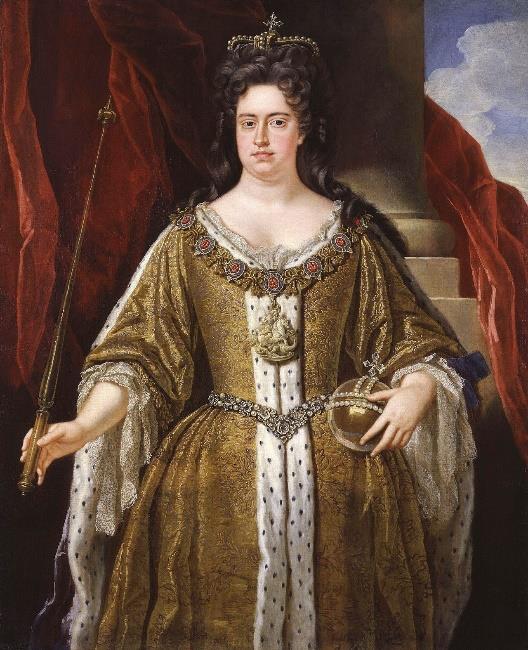
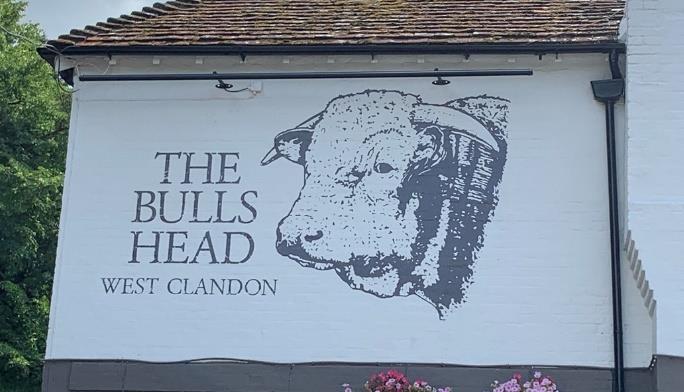
The Winds of Change, 1800-1914
In 1816, the second Earl of Onslow, together with other large landowners in the county, succeeded in getting the enclosure act passed, which dealt with various parcels of land in the county, which included Tithebarns in West Clandon. It was a step towards the end of the traditional manorial system, which had lasted in modified form since the Middle Ages. The industrial revolution also brought about a revolution in transport and communications, that eventually transformed the life of the village.
Until the early part of the 19th Century, the old coaching road running between London and Portsmouth was one of only the links with the outside world. A mud road led off to West Clandon from Burntcommon and a private drive giving access to Clandon Park ran from the Portsmouth Road parallel to the public road. ‘The Times’ stagecoach took four hours from London to Guildford, with passengers being required to dismount and walk up the hills.
At Clandon Park, Arthur George, the third Earl of Onslow engaged in a petty quarrel with his father over the ownership of a court suit and said he would never live at Clandon Park again.
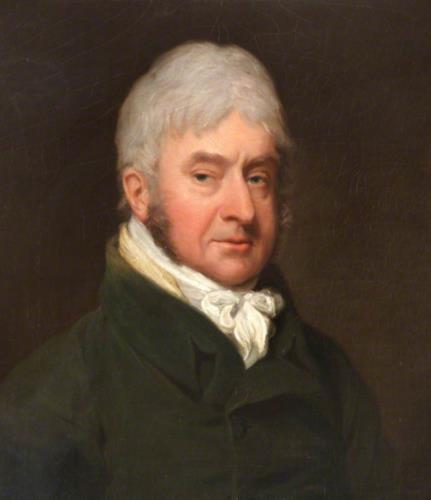

Clandon Regis with its 60 extra rooms
On becoming the third Earl of Onslow in 1827, he moved all the contents of Clandon Park into Clandon Regis, where he added 60 rooms to the house in an effort to make it bigger and grander than Clandon Park. His wife died in 1830 three years after he succeeded as the Third Earl and, wretched, mean and unhappy, he moved away to Richmond, where he died at the great age of 93.
Clandon Park was left desolate and allowed to decay for 40 years until 1870, the young 17 year-old William Hillier Onslow inherited his uncle’s title as the Fourth Earl of Onslow, whilst still a schoolboy at Eton.
The Clandon Park estate was then brought back to life and the young Earl took an active interest in the life of the village and introduced several schemes to improve the lives of the villagers of West Clandon.
In 1880, what was then the Blue Bell Inn was converted by Lord Onslow into a working men’s club with accommodation for single men, a club room and a shop. It was later to become the Onslow Arms.
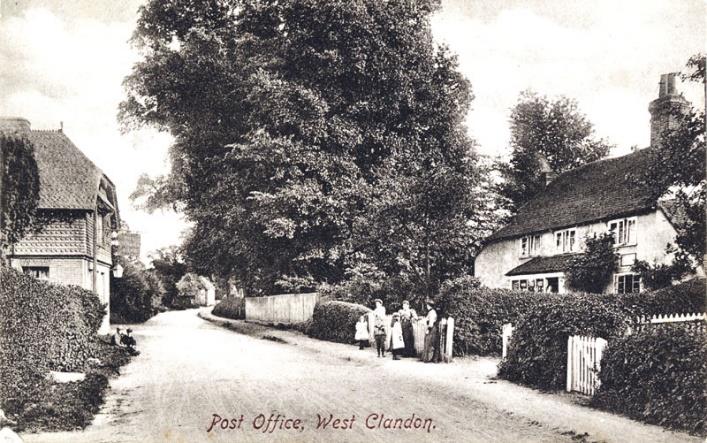
The Onslow Arms & Village Post Office in 1907
From this time onwards, William Hillier played a significant role in public life, becoming High Steward of Guildford in 1875 and at government level, was appointed Under Secretary of State for the colonies and finally Governor of New Zealand from 1882 until 1892. When returning at the conclusion of his term of office, William Hillier purchased a Maori meeting house for £50 to remind him of his years in New Zealand. The building still stands today in the gardens of Clandon Park and is the only Maori house of its kind in the United Kingdom.
Using his government contacts, William Hillier successfully campaigned for a new railway to be built between Surbiton and Guildford, with stations at Effingham, East Horsley (then called Horsley, Ockham and Ripley) and West Clandon (for Newlands Corner). Although the ‘new line’ opened in 1885, it was not until after the First World War that this began to have any effect on the expansion of housing in West Clandon.
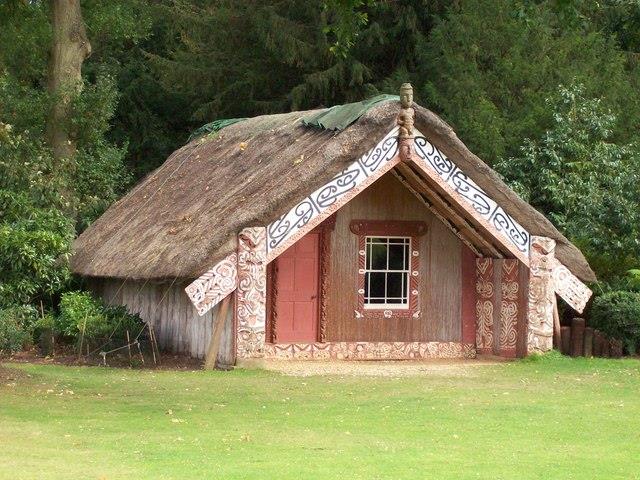
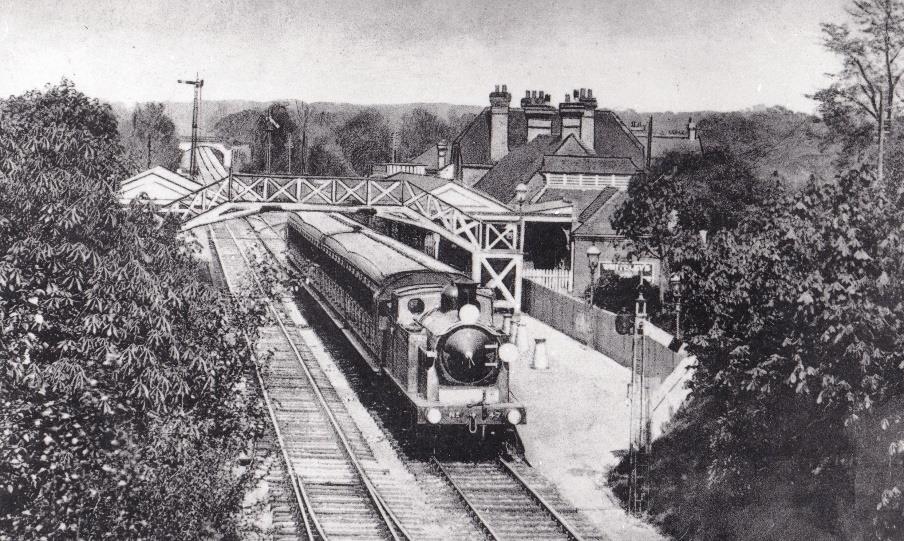
Clandon Station in the 1890s
Towards the end of the 19th Century, the state gradually assumed responsibility for basic primary education, carried out mainly by schools in rural areas funded by voluntary charitable effort that depended on the support of the church or the lord of the manor.
In West Clandon, the village school was run by the Misses Pinion, who charged 1d per head per week. The Church of England primary school in West Clandon was opened in 1882 on land given by Lady Augusta, the daughter of the Third Earl of Onslow.
On the eve of the First World War, both East and West Clandon were both small villages with populations that were just two or three times larger at the time of Domesday survey. Daily life was still dominated by the manorial estate, agriculture was the main employment and the villages were still relatively self-contained rural communities.
On the morning of October 27th 1913, the tower and bells of West Clandon Church were badly damaged by fire. It is said that the village road sweeper discovered smoke coming from the tower and immediately alerted the Clandon Post Office, who sent a telegram to the Guildford Fire Brigade.
Their new motorised Dennis fire engine, which had only replaced their former horse drawn appliance the previous May, managed to reach Clandon in just 11 minutes.
In October 1914, Lord and Lady Onslow surrendered the family home at Clandon Park for use as a fully functioning military hospital. Rooms were cleared of paintings and furniture and converted into wards that could accommodate more than 100 beds. Casualties from the Western Front arrived regularly by hospital trains at Clandon Station.
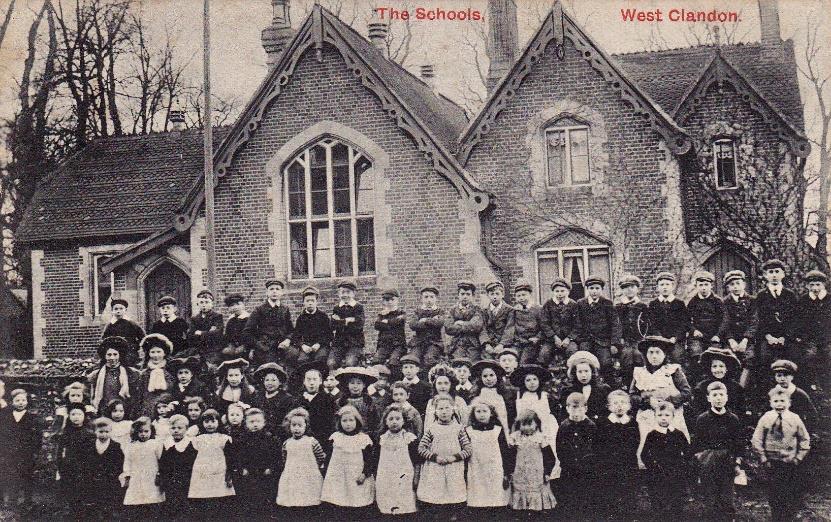
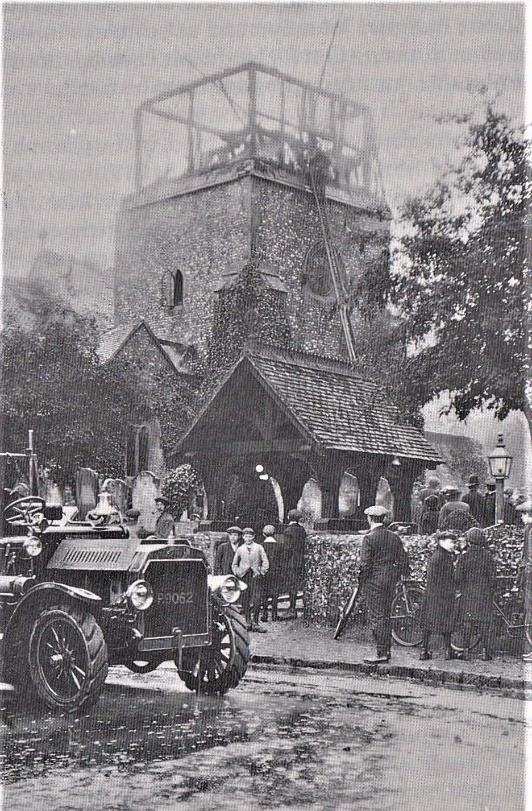
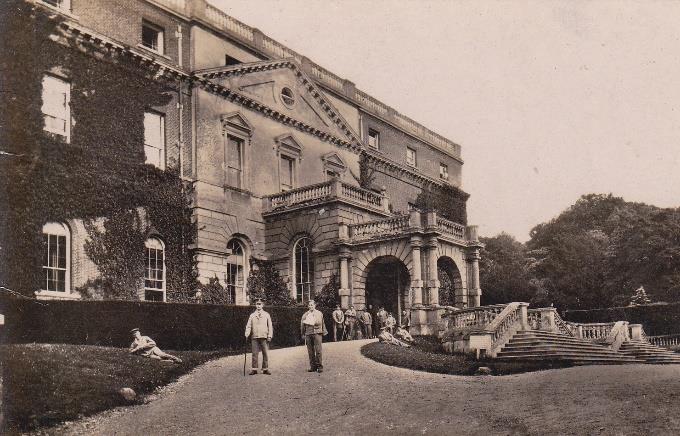
Clandon Park Military Hospital 1914
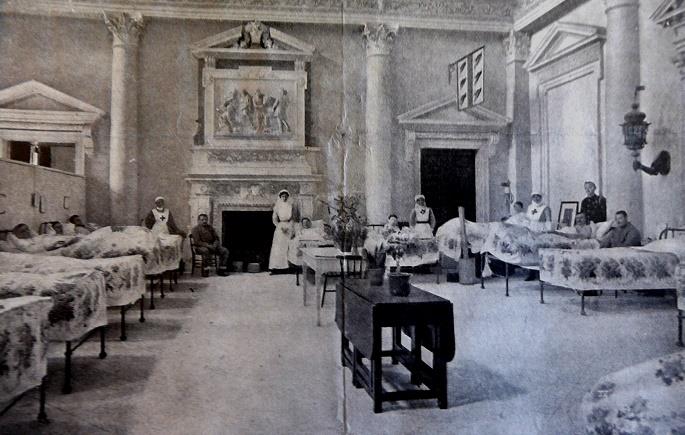
The Marble Hall set out as a Hospital Ward
The wounded men were transported to Clandon Park by horse ambulance where they were admitted, exhausted and hungry, sometimes with appalling injuries, having made the long journey from the front lines at Ypres, Loos, Passchendaele and the Somme. The hospital remained open until May 1919 and during those war years, 5059 admissions were treated and 747 operations conducted.
During World War II, Clandon Park was taken over by the Public Record Office to store important documents from the national archives. In 1956, after being in the ownership of the Onslow family for over 300 years, Clandon Park was acquired by the National Trust.
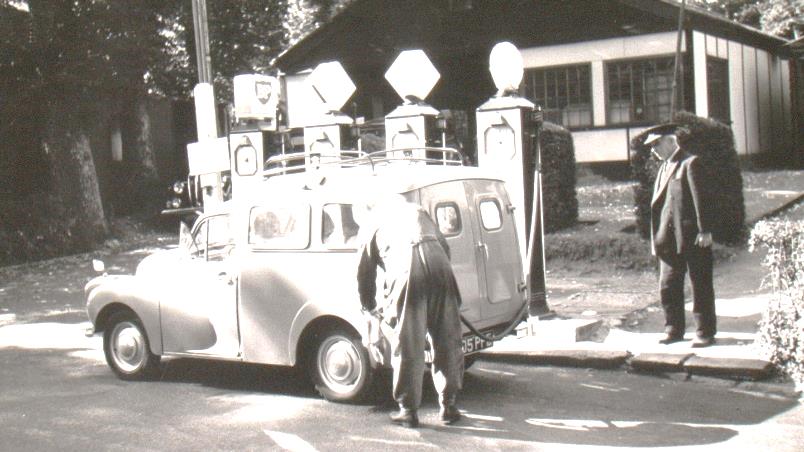
Albert Bennett’s garage when petrol was 4/6d a gallon
One of the survivors of the Somme returned to West Clandon in 1920, where he operated the village’s garage and taxi service. Albert Bennett’s garage became a focal point of village life for the next 40 years.
After his death in 1991, the road opposite where his garage used to stand was given the name Bennett Way.
To celebrate the Queen’s Silver Jubilee in 1977, an old Clandon legend was revived on the embankment of the A246 Guildford road, where it was carved into the chalk.
The legend of the Clandon Dragon tells the story of a fire breathing monster that used to terrorise the back lanes of West Clandon and the villagers were very afraid to pass that way. A soldier who had been condemned to death for desertion promised, if his life was spared, to kill the beast. Unveiling the Clandon Dragon – June 1977
Accordingly, he took his dog with him and a fierce battle ensued as his dog grabbed the dragon by the throat and the soldier killed it with his bayonet.
The story is thought to have first appeared in an edition of ‘The Gentleman’s Magazine’ in 1796 and was illustrated by a wood carving that used to hang by the south door of West Clandon Church for many years.
In October 1987, hurricane force winds of destroyed the avenue of trees that led up to the main entrance of Clandon Park house. They had been planted in 1876 to celebrate the birth of Richard Alan, who in time was to become the Fifth Earl of Onslow.
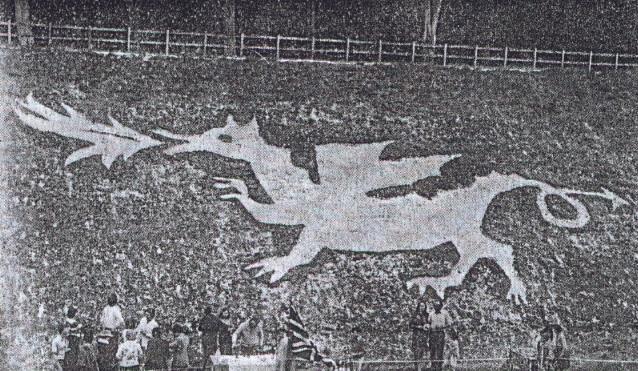
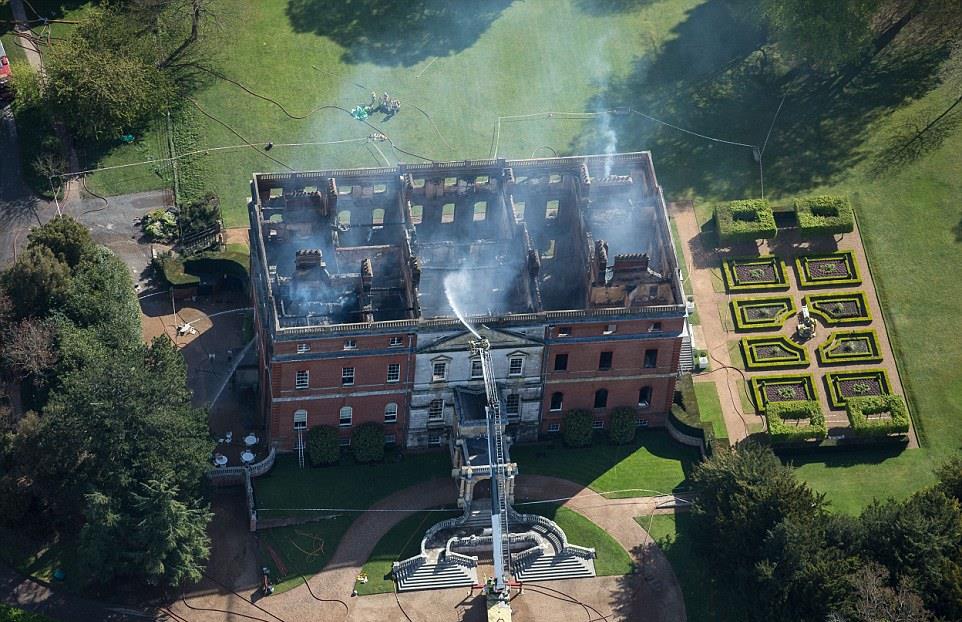
Tragedy struck again in April 2015, when an electrical fire started in the basement of Clandon Park house and quickly spread to the wooden roof and the rest of the building. Fire crews and National Trust staff managed to rescue many valuable paintings, furniture and artifacts from the burning but many other items and collections were lost.
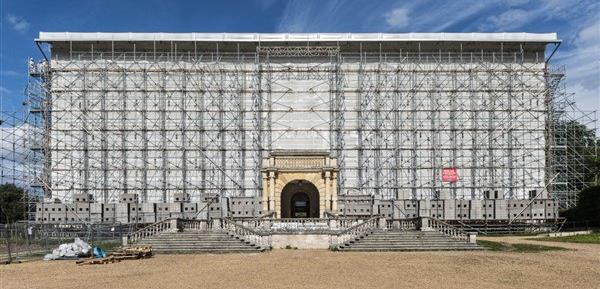
The National Trust is currently undertaking a complete restoration of the 17th Century building.
West Clandon has expanded rapidly and changed a great deal since the end of World War II in 1945. The 1801 population of 260 has grown to 1372 in 2019 and completed its transition into a prosperous commuter village, working hard to retain a sense of community, which has lasted for more than 1000 years.